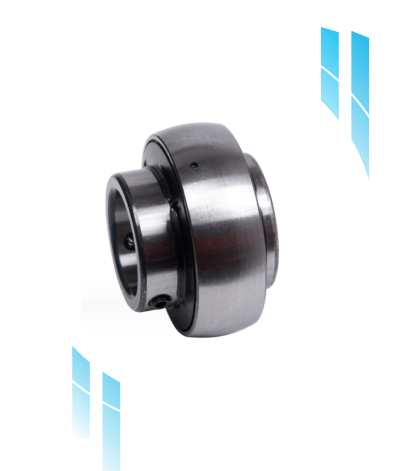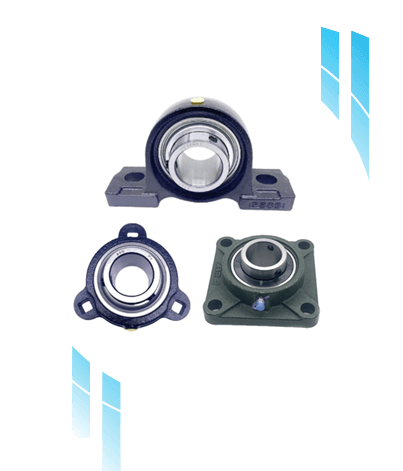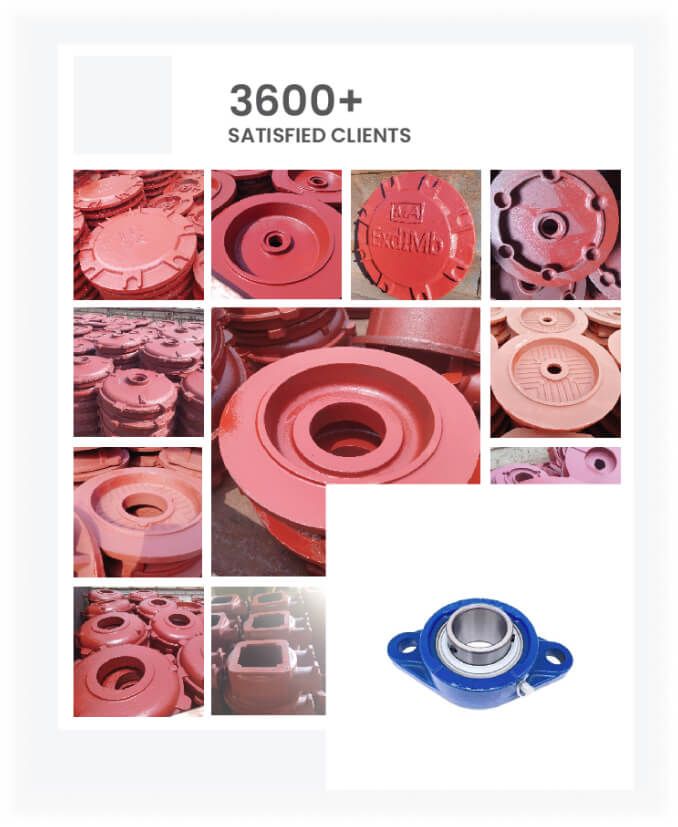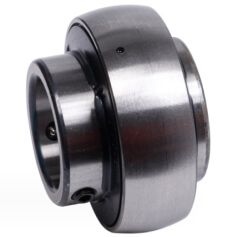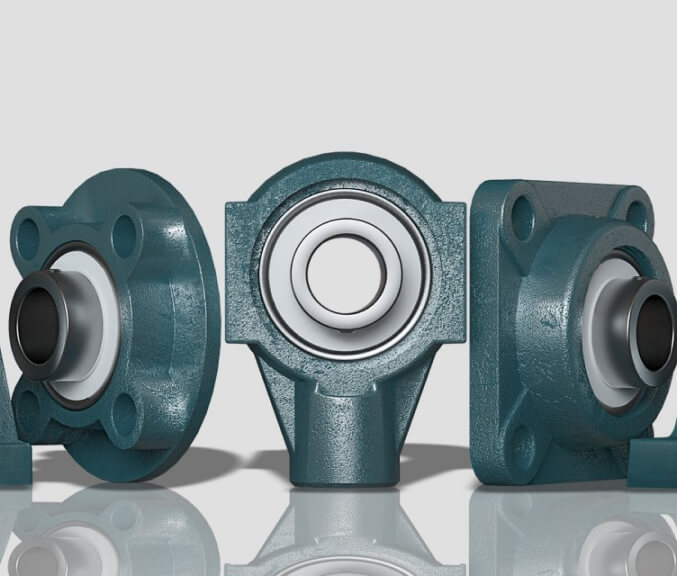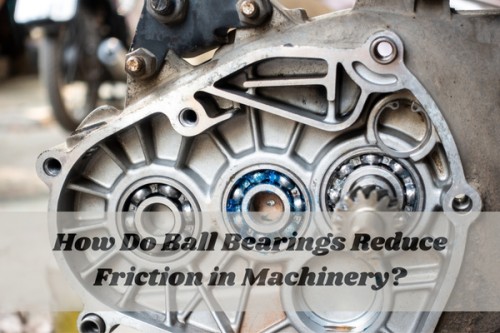BY JAMES MAY 2023
In high-precision industries where diamond bearings are a vital component, procurement teams face the challenge of acquiring these specialized parts in large quantities without compromising on quality, reliability, or cost-effectiveness. Bulk buying offers several advantages, including cost savings, consistent supply, and streamlined vendor management. However, the process requires careful planning, supplier evaluation, and strategic decision-making to ensure that every procurement aligns with the organization’s operational needs and long-term goals Understanding the Strategic Importance of Diamond Bearings Before initiating bulk procurement, it’s essential to recognize the strategic role diamond bearings play in high-precision and high-performance equipment. Known for their exceptional hardness, wear resistance, and thermal stability, diamond bearings are widely used in industries such as aerospace, medical devices, semiconductor manufacturing, and high-speed machinery. Their longevity and performance directly influence equipment uptime and product quality. Procurement teams must therefore approach the sourcing of these components not just as a purchasing task but as a strategic initiative that affects the organization’s production efficiency and customer satisfaction. Understanding the specifications, material standards, and application environment of the diamond bearings being purchased helps ensure informed decision-making. Assessing Organizational Needs and Forecasting Demand One of the first steps in bulk procurement is to conduct a thorough assessment of the organization’s current and projected needs. This includes reviewing historical usage data, production schedules, and equipment maintenance cycles. Accurately forecasting demand prevents both overstocking and understocking, each of which can have cost and operational implications. When determining order volumes, procurement teams should also consider upcoming product launches, planned expansions, and changes in production capacity. Collaborating with operations and maintenance departments during the planning phase ensures that the procurement strategy aligns with actual usage and growth expectations. Effective forecasting also improves negotiation leverage with suppliers, as predictable orders are more attractive to them. Evaluating and Selecting the Right Suppliers Choosing the right supplier is critical in bulk procurement. Given the specialized nature of diamond bearings, not all suppliers have the technical capabilities or quality control measures necessary to deliver consistently reliable products. Procurement teams should evaluate potential suppliers based on several criteria, including product quality, certifications, manufacturing capabilities, technical expertise, and industry reputation. A thorough supplier evaluation may include site visits, audits, reference checks, and requests for quality documentation such as ISO certifications or material traceability records. Additionally, assessing the supplier’s ability to fulfill large and recurring orders without compromising lead times is vital for maintaining an uninterrupted production schedule. Negotiating Pricing and Payment Terms Bulk purchases typically offer an opportunity for volume discounts, but securing the best pricing requires effective negotiation. Procurement teams should analyze market trends, benchmark competitor pricing, and leverage long-term purchasing commitments to negotiate favorable rates. It’s also important to clarify the terms of payment, such as advance payments, net terms, or installment options, based on the organization’s cash flow and financial policies. A mutually beneficial agreement may include provisions for price adjustments in response to fluctuations in raw material costs or currency exchange rates. Procurement contracts should also outline penalties or remedies for delayed deliveries, defective products, or supply chain disruptions. These details help protect the organization’s interests while fostering a transparent and accountable supplier relationship. Ensuring Quality Control and Product Consistency When procuring diamond bearings in bulk, quality assurance is paramount. A single batch of substandard bearings can compromise equipment performance, cause unexpected downtime, and increase maintenance costs. Procurement teams must work closely with quality assurance departments to define clear quality standards and testing requirements. Suppliers should provide detailed technical specifications, material certifications, and quality inspection reports with each shipment. Some organizations may also require third-party testing or in-house quality checks upon delivery. Establishing these protocols upfront ensures product consistency across all orders and prevents issues related to material defects or dimensional inaccuracies. Customizing Products to Meet Specific Requirements In many cases, off-the-shelf diamond bearings may not fully meet the application requirements of specialized equipment. Procurement teams should explore the option of custom-designed bearings in collaboration with suppliers. Customization may involve dimensions, load ratings, materials, coatings, or integration with other components. Working with suppliers who offer design support and prototyping services can result in bearings that better fit the organization’s equipment, reducing the likelihood of premature failure or performance inefficiencies. Although customization may involve a higher upfront cost, the long-term benefits often outweigh the investment, particularly when integrated into bulk procurement strategies. Managing Logistics and Lead Times Efficient logistics are crucial in bulk procurement, especially when dealing with international suppliers or long production lead times. Procurement teams should map out the entire supply chain from manufacturing to delivery, identifying potential bottlenecks or delays. Planning for transportation, customs clearance, and warehousing is essential to ensure timely availability of the bearings. Some suppliers offer inventory management services such as Vendor Managed Inventory (VMI) or consignment stock, which can help smooth out supply fluctuations and reduce the burden of warehousing on the buyer. Evaluating logistics capabilities and building buffer stock where necessary helps mitigate the risks of supply interruptions and production delays. Implementing Supplier Relationship Management (SRM) Strong supplier relationships are key to successful bulk procurement. Rather than treating the transaction as a one-time purchase, procurement teams should aim to build long-term partnerships based on trust, communication, and mutual goals. Supplier Relationship Management (SRM) involves regular performance reviews, joint planning sessions, and open channels for feedback. By fostering collaboration, organizations can benefit from early access to new product developments, priority in supply allocation, and faster response to urgent needs. Suppliers who view their clients as partners are more likely to invest in continuous improvement, quality assurance, and customer service. SRM also helps resolve issues more efficiently and encourages shared innovation. Complying with Industry Regulations and Standards Procurement of diamond bearings must also align with relevant industry standards and regulations. This is especially important for sectors such as aerospace, medical, or defense, where component failure can have serious consequences. Procurement teams should ensure that the bearings meet or exceed standards set by organizations such as ISO, ASTM, or industry-specific regulatory bodies. Documenting compliance through certifications, test reports, and audit trails is essential for traceability and accountability. In some cases, buyers may need to perform their own audits or request third-party verifications. Aligning procurement practices with regulatory requirements reduces the risk of non-compliance and reinforces the organization’s commitment to quality and safety. Leveraging Data and Procurement Technology Modern procurement relies heavily on data analytics and digital tools to optimize decision-making. Procurement teams should leverage software platforms for supplier management, spend analysis, contract management, and order tracking. These tools provide real-time visibility into procurement activities, helping teams identify trends, monitor performance, and forecast future needs. Using procurement analytics, teams can evaluate supplier performance across various metrics such as on-time delivery, defect rates, and cost variations. Data-driven insights enable more informed negotiations and continuous improvement. Implementing digital procurement solutions also improves collaboration across departments and enhances overall efficiency. Handling Risk Management and Contingency Planning Risk is inherent in any procurement activity, especially when sourcing specialized components in bulk. Potential risks include supplier bankruptcy, geopolitical issues, raw material shortages, transportation delays, or quality failures. To mitigate these risks, procurement teams must develop comprehensive contingency plans. Strategies may include qualifying multiple suppliers, maintaining safety stock, or securing backup sources in different geographic regions. Including clauses in contracts that address force majeure, lead time adjustments, and alternative sourcing ensures flexibility in unpredictable situations. Risk management also involves ongoing market monitoring and communication with suppliers to stay informed about potential disruptions. Monitoring Performance and Measuring Success Procurement success should be measured not only in terms of cost savings but also in the overall impact on operations and business objectives. Key performance indicators (KPIs) may include cost per unit, total cost of ownership, supplier reliability, quality compliance, and inventory turnover rates. Regular performance evaluations provide insights into what’s working and where improvements are needed. Periodic reviews with suppliers should focus on continuous improvement, problem resolution, and opportunities for collaboration. Establishing clear metrics and reporting mechanisms helps procurement teams demonstrate value to stakeholders and supports data-driven decision-making. Sustainability and Ethical Sourcing Considerations Sustainability and ethical sourcing are becoming increasingly important in procurement decisions. Organizations are under growing pressure to ensure that their suppliers operate responsibly, with attention to environmental impact, labor practices, and ethical sourcing of materials. Procurement teams should assess supplier compliance with sustainability standards and corporate social responsibility (CSR) policies. Choosing suppliers that prioritize sustainable manufacturing practices, waste reduction, and energy efficiency can support the organization’s broader ESG (Environmental, Social, and Governance) goals. Transparency in the supply chain also enhances brand reputation and aligns with consumer and regulatory expectations. Conclusion Bulk buying diamond bearings is a strategic process that requires more than just negotiating prices. It involves a deep understanding of product requirements, supplier capabilities, and market dynamics. For procurement teams, the goal is to ensure a consistent supply of high-quality bearings that support operational reliability, cost efficiency, and regulatory compliance. By focusing on strategic planning, supplier evaluation, quality assurance, and relationship management, organizations can unlock the full benefits of bulk procurement. Whether it’s reducing total cost of ownership, minimizing downtime, or achieving sustainability targets, an effective procurement strategy serves as a cornerstone of long-term success in high-performance industries. Diamond bearings may be small components, but their procurement has a big impact—and smart bulk buying decisions can make all the difference.







